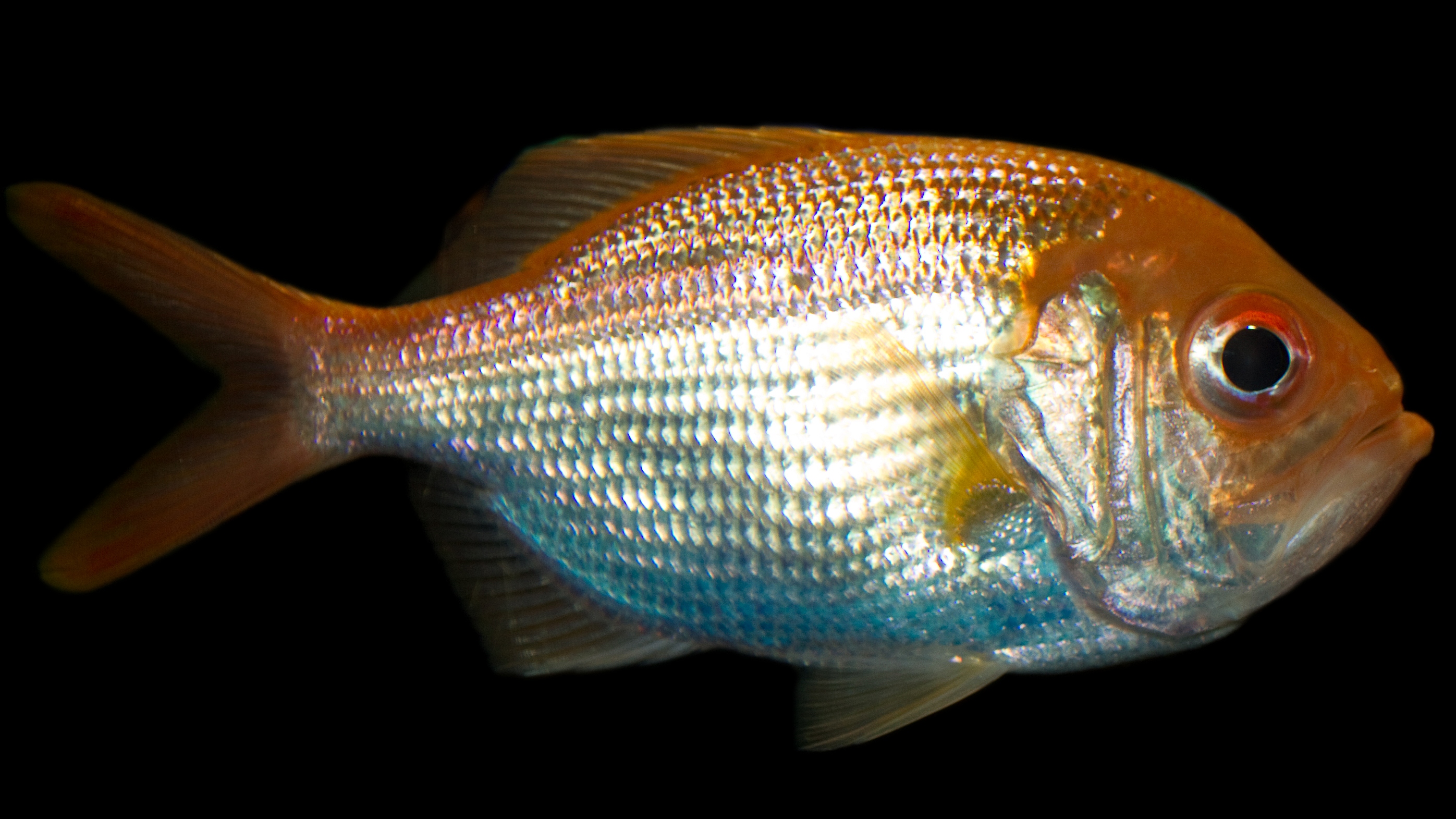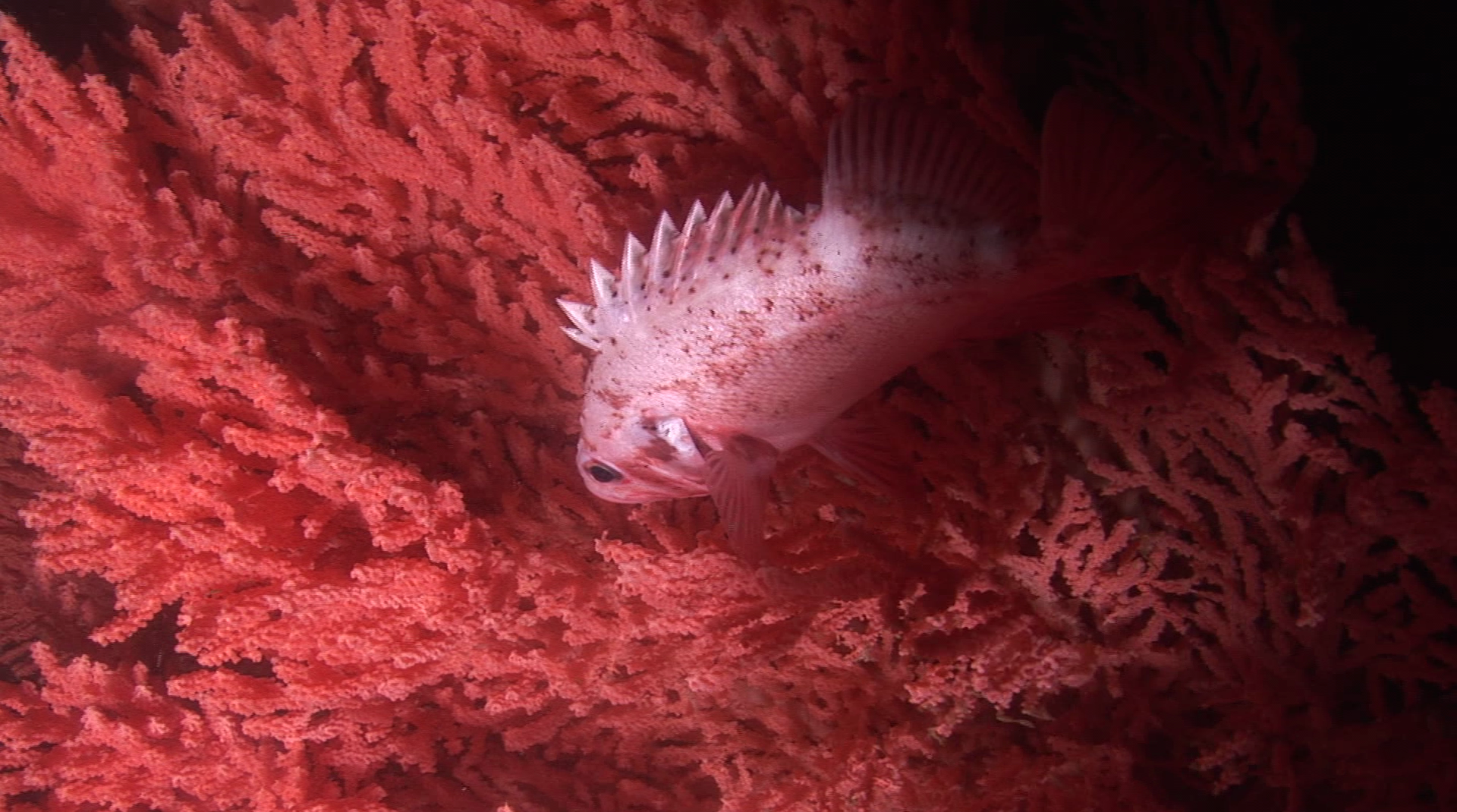|
Røst Reef
The Rost Reef ( no, Røstrevet) is a deep-water coral reef off the coast of the Lofoten islands in Nordland county, Norway. The reef was discovered in 2002, about west of the island of Røstlandet. It extends over a length of about , and has a width of up to . The reef is generated by the coral ''Lophelia pertusa'', and is the world's largest known ''Lophelia'' reef. It is also the world's largest known deep-water coral reef. The authorities have introduced regulations to protect the reef against trawling. The temperature of the waters near the bottom of the Rost coral reef is 2 °C. WWF recognises the Røst Reef as a global natural heritage that merits protection through Marine Protected Area (MPA) status. Flora and fauna The reef is generated by the coral ''Lophelia pertusa'', and it hosts a profuse marine population that ranges from plankton to fish. Lophelia is associated with anemones, jellyfish and other animals. Lophelia are filter feeders and get all their energy b ... [...More Info...] [...Related Items...] OR: [Wikipedia] [Google] [Baidu] |
Deep-water Coral
The habitat of deep-water corals, also known as cold-water corals, extends to deeper, darker parts of the oceans than tropical corals, ranging from near the surface to the abyss, beyond where water temperatures may be as cold as . Deep-water corals belong to the Phylum Cnidaria and are most often stony corals, but also include black and thorny corals and soft corals including the Gorgonians (sea fans). Like tropical corals, they provide habitat to other species, but deep-water corals do not require zooxanthellae to survive. While there are nearly as many species of deep-water corals as shallow-water species, only a few deep-water species develop traditional reefs. Instead, they form aggregations called patches, banks, bioherms, massifs, thickets or groves. These aggregations are often referred to as "reefs," but differ structurally and functionally. Deep sea reefs are sometimes referred to as "mounds," which more accurately describes the large calcium carbonate skeleton that ... [...More Info...] [...Related Items...] OR: [Wikipedia] [Google] [Baidu] |
Sea Worm
Sea worm may refer to one or several of the following phyla: See also * Marine worm Any worm that lives in a marine environment is considered a marine worm. Marine worms are found in several different phyla, including the Platyhelminthes, Nematoda, Annelida (segmented worms), Chaetognatha, Hemichordata, and Phoronida. For a ... {{Animal common name Marine animals ... [...More Info...] [...Related Items...] OR: [Wikipedia] [Google] [Baidu] |
Ministry Of Fisheries And Coastal Affairs (Norway)
The Royal Norwegian Ministry of Fisheries and Coastal Affairs ( no, Fiskeri- og kystdepartementet) was a Norwegian ministry responsible for fisheries industry, aquaculture industry, seafood safety, fish health and welfare, harbours, water transport infrastructure and emergency preparedness for pollution incidents. It was created in 1946, as the Ministry of Fisheries. In 2004 it received responsibility for coastal affairs, and changed its name. The department must report to the legislature, Storting. It is since October 2013 led by Elisabeth Aspaker (Conservative), a member of Solberg's Cabinet. On 1 January 2014 it was incorporated into the new Ministry of Trade, Industry and Fisheries. Organisation The ministry was divided into the following sections: *Political staff *Communication unit *Department of Aquaculture, Seafood and Markets *Department of Coastal Affairs *Department of Research and Innovation *Department of Marine Resources and Environment Subsidiaries Subordinate ... [...More Info...] [...Related Items...] OR: [Wikipedia] [Google] [Baidu] |
Marine Life
Marine life, sea life, or ocean life is the plants, animals and other organisms that live in the salt water of seas or oceans, or the brackish water of coastal estuaries. At a fundamental level, marine life affects the nature of the planet. Marine organisms, mostly microorganisms, produce oxygen and sequester carbon. Marine life in part shape and protect shorelines, and some marine organisms even help create new land (e.g. coral building reefs). Most life forms evolved initially in marine habitats. By volume, oceans provide about 90% of the living space on the planet. The earliest vertebrates appeared in the form of fish, which live exclusively in water. Some of these evolved into amphibians, which spend portions of their lives in water and portions on land. One group of amphibians evolved into reptiles and mammals and a few subsets of each returned to the ocean as sea snakes, sea turtles, seals, manatees, and whales. Plant forms such as kelp and other algae grow in the wat ... [...More Info...] [...Related Items...] OR: [Wikipedia] [Google] [Baidu] |
Produced Water
Produced water is a term used in the oil industry or geothermal industry to describe water that is produced as a byproduct during the extraction of Petroleum, oil and natural gas, or used as a medium for heat extraction. Produced water is the kind of brackish and saline water from underground formations that are brought to the surface. Oil and gas reservoirs often have water as well as hydrocarbons, sometimes in a zone that lies under the hydrocarbons, and sometimes in the same zone with the oil and gas. In geothermal plays, the produced water is usually hot. It contains steam with dissolved solutes and gases, providing important information on the geological, chemical, and hydrological characteristics of geothermal systems. Oil wells sometimes produce large volumes of water with the oil, while gas wells tend to produce water in smaller proportions. To achieve maximum Petroleum extraction, oil recovery, waterflooding is often implemented, in which water is Water injection (oil pro ... [...More Info...] [...Related Items...] OR: [Wikipedia] [Google] [Baidu] |
Drilling Fluid
In geotechnical engineering, drilling fluid, also called drilling mud, is used to aid the drilling of boreholes into the earth. Often used while drilling oil and natural gas wells and on exploration drilling rigs, drilling fluids are also used for much simpler boreholes, such as water wells. One of the functions of drilling mud is to carry cuttings out of the hole. The three main categories of drilling fluids are: water-based muds (WBs), which can be dispersed and non-dispersed; non-aqueous muds, usually called oil-based muds (OBs); and gaseous drilling fluid, in which a wide range of gases can be used. Along with their formatives, these are used along with appropriate polymer and clay additives for drilling various oil and gas formations. The main functions of drilling fluids include providing hydrostatic pressure to prevent formation fluids from entering into the well bore, keeping the drill bit cool and clean during drilling, carrying out drill cuttings, and suspending t ... [...More Info...] [...Related Items...] OR: [Wikipedia] [Google] [Baidu] |
Trawling
Trawling is a method of fishing that involves pulling a fishing net through the water behind one or more boats. The net used for trawling is called a trawl. This principle requires netting bags which are towed through water to catch different species of fishes or sometimes targeted species. Trawls are often called towed gear or dragged gear. The boats that are used for trawling are called trawlers or draggers. Trawlers vary in size from small open boats with as little as 30 hp (22 kW) engines to large factory trawlers with over 10,000 hp (7.5 MW). Trawling can be carried out by one trawler or by two trawlers fishing cooperatively (pair trawling). Trawling can be contrasted with trolling. While trawling involves a net and is typically done for commercial usage, trolling instead involves a reed, rod and a bait or a lure and is typically done for recreational purposes. Trawling is also commonly used as a scientific sampling, or survey, method. Bottom vs. midwater trawling ... [...More Info...] [...Related Items...] OR: [Wikipedia] [Google] [Baidu] |
Seabed
The seabed (also known as the seafloor, sea floor, ocean floor, and ocean bottom) is the bottom of the ocean. All floors of the ocean are known as 'seabeds'. The structure of the seabed of the global ocean is governed by plate tectonics. Most of the ocean is very deep, where the seabed is known as the abyssal plain. Seafloor spreading creates mid-ocean ridges along the center line of major ocean basins, where the seabed is slightly shallower than the surrounding abyssal plain. From the abyssal plain, the seabed slopes upward toward the continents and becomes, in order from deep to shallow, the continental rise, slope, and shelf. The depth within the seabed itself, such as the depth down through a sediment core, is known as the “depth below seafloor.” The ecological environment of the seabed and the deepest waters are collectively known, as a habitat for creatures, as the “benthos.” Most of the seabed throughout the world's oceans is covered in layers of marine sediments. ... [...More Info...] [...Related Items...] OR: [Wikipedia] [Google] [Baidu] |
Redfish
Redfish is a common name for several species of fish. It is most commonly applied to certain deep-sea rockfish in the genus ''Sebastes'', red drum from the genus ''Sciaenops'' or the reef dwelling snappers in the genus ''Lutjanus''. It is also applied to the slimehead Slimeheads, also known as roughies and redfish, are mostly small, exceptionally long-lived, deep-sea beryciform fish constituting the family Trachichthyidae (derived from the Greek ''trachys'' – "rough" and ''ichthys'' – "fish"). Found in tem ...s or roughies (family Trachichthyidae), and the alfonsinos (Berycidae). References {{Animal common name Fish common names ... [...More Info...] [...Related Items...] OR: [Wikipedia] [Google] [Baidu] |
Cusk (fish)
The cusk or tusk (''Brosme brosme'') is a North Atlantic cod-like fish in the ling family Lotidae. It is the only species in the genus ''Brosme''. Its other common names include torsk, European cusk, and brosmius.Cusk Fish and seafood fact sheets. Description It is easily distinguished at a glance from other cod-like fish, as it has only one . Also characteristic of the fish is the nature of its dorsal,[...More Info...] [...Related Items...] OR: [Wikipedia] [Google] [Baidu] |
Predation
Predation is a biological interaction where one organism, the predator, kills and eats another organism, its prey. It is one of a family of common feeding behaviours that includes parasitism and micropredation (which usually do not kill the host) and parasitoidism (which always does, eventually). It is distinct from scavenging on dead prey, though many predators also scavenge; it overlaps with herbivory, as seed predators and destructive frugivores are predators. Predators may actively search for or pursue prey or wait for it, often concealed. When prey is detected, the predator assesses whether to attack it. This may involve ambush or pursuit predation, sometimes after stalking the prey. If the attack is successful, the predator kills the prey, removes any inedible parts like the shell or spines, and eats it. Predators are adapted and often highly specialized for hunting, with acute senses such as vision, hearing, or smell. Many predatory animals, both vertebrate and inv ... [...More Info...] [...Related Items...] OR: [Wikipedia] [Google] [Baidu] |
Deep-water Coral
The habitat of deep-water corals, also known as cold-water corals, extends to deeper, darker parts of the oceans than tropical corals, ranging from near the surface to the abyss, beyond where water temperatures may be as cold as . Deep-water corals belong to the Phylum Cnidaria and are most often stony corals, but also include black and thorny corals and soft corals including the Gorgonians (sea fans). Like tropical corals, they provide habitat to other species, but deep-water corals do not require zooxanthellae to survive. While there are nearly as many species of deep-water corals as shallow-water species, only a few deep-water species develop traditional reefs. Instead, they form aggregations called patches, banks, bioherms, massifs, thickets or groves. These aggregations are often referred to as "reefs," but differ structurally and functionally. Deep sea reefs are sometimes referred to as "mounds," which more accurately describes the large calcium carbonate skeleton that ... [...More Info...] [...Related Items...] OR: [Wikipedia] [Google] [Baidu] |








_with_its_prey.jpg)
